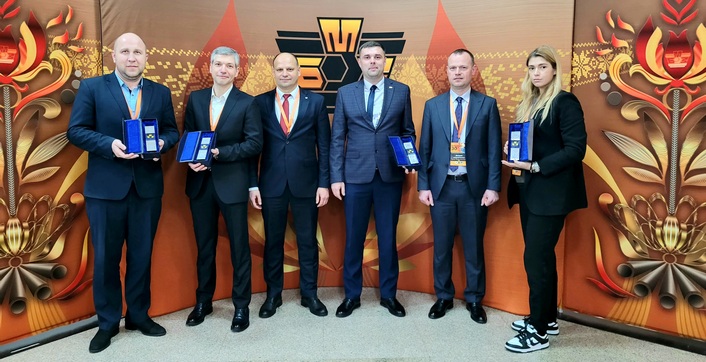2022-07-05
O. Yu. KHODOSOVSKAYA, I. А. MURAVEIKO
The results of the development of the production technology of metal cord with a modified brass coating are presented. The principal possibility of introducing cobalt into the brass coating has been determined: cobalt is recommended to be applied from a separate bath with a sulfate cobalt electrolyte, which will allow obtaining a coating of satisfactory quality over the entire surface. The use of this electrolyte required the use of inert anodes to avoid the formation of plaque on the surface, due to contamination of the solution and, as a consequence, deterioration of the quality of the resulting coating. Zn ratio/The Si in the thickness of the brass coating varies slightly (in comparison with cobalt), which indicates a low diffusion ability of cobalt in brass. Within the framework of joint development programs, prototypes of metal cord with different cobalt content in brass coating were manufactured and sent to consumer firms. The introduction of industrial technology will require a significant modernization of the coating line of thermo?galvanic units with the installation of separate cobalt baths, with the separation of the electrolyte preparation and circulation system, the installation of separate washing baths, the separation of the current supply system, since an independent current supply system from a separate converter will be required.




